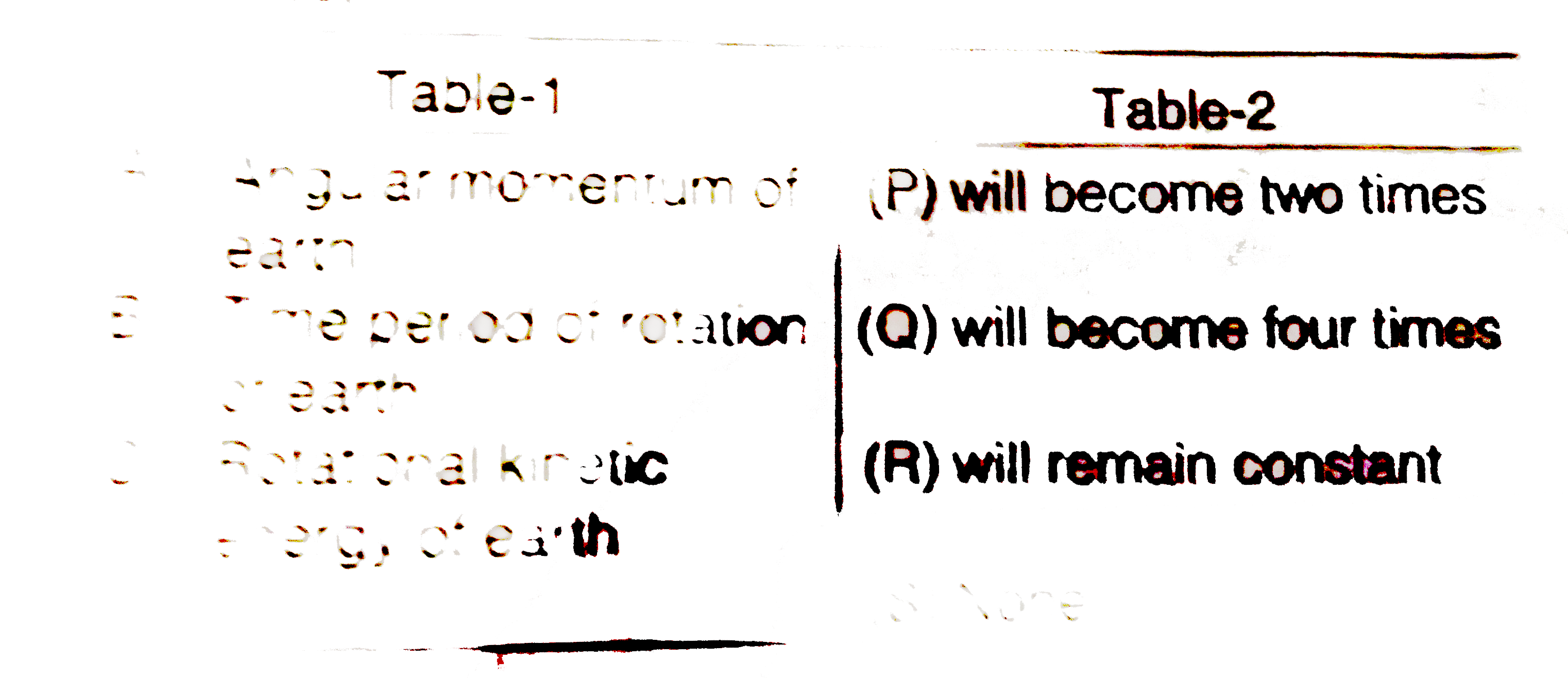If the velocity of a moving particle is reduced to half, then percentage change in its wavelength will be
100% decrease
100% increase
50% decrease
50% increase
The correct Answer is:B
To solve the problem of how the wavelength of a moving particle changes when its velocity is reduced to half, we can follow these steps:
Step 1: Understand the formula for wavelength
The de Broglie wavelength (λ) of a particle is given by the formula:
λ=hmv
where:
- h is Planck's constant,
- m is the mass of the particle,
- v is the velocity of the particle.
Step 2: Calculate the initial wavelength
Let the initial velocity of the particle be v. The initial wavelength (λ1) can be expressed as:
λ1=hmv
Step 3: Calculate the new wavelength after reducing the velocity
If the velocity is reduced to half, the new velocity becomes v2. The new wavelength (λ2) can be calculated as:
λ2=hm⋅v2=h⋅2mv=2⋅hmv=2λ1
Step 4: Determine the change in wavelength
Now we can find the change in wavelength:
Δλ=λ2−λ1=2λ1−λ1=λ1
Step 5: Calculate the percentage change in wavelength
The percentage change in wavelength can be calculated using the formula:
Percentage Change=Δλλ1×100%
Substituting the values we found:
Percentage Change=λ1λ1×100%=100%
Conclusion
Thus, when the velocity of a moving particle is reduced to half, the percentage change in its wavelength is 100%.
---
The de Broglie wavelength (λ) of a particle is given by the formula:
λ=hmv
where:
- h is Planck's constant,
- m is the mass of the particle,
- v is the velocity of the particle.
Let the initial velocity of the particle be v. The initial wavelength (λ1) can be expressed as:
λ1=hmv
If the velocity is reduced to half, the new velocity becomes v2. The new wavelength (λ2) can be calculated as:
λ2=hm⋅v2=h⋅2mv=2⋅hmv=2λ1
Now we can find the change in wavelength:
Δλ=λ2−λ1=2λ1−λ1=λ1
The percentage change in wavelength can be calculated using the formula:
Percentage Change=Δλλ1×100%
Substituting the values we found:
Percentage Change=λ1λ1×100%=100%
Thus, when the velocity of a moving particle is reduced to half, the percentage change in its wavelength is 100%.
Topper's Solved these Questions
- BOOK - PHYSICS WALLAHCHAPTER - DUAL NATURE OF RADIATION AND MATTEREXERCISE - Neet past 5 years questions16videos
DUAL NATURE OF RADIATION AND MATTER
- BOOK - PHYSICS WALLAHCHAPTER - CURRENT ELECTRICITYEXERCISE - NEET Past 5 Years Questions23videos
CURRENT ELECTRICITY
- BOOK - PHYSICS WALLAHCHAPTER - ELECTRIC CHARGES AND FIELDS EXERCISE - NEET PAST 5 YEARS QUESTIONS7videos
ELECTRIC CHARGES AND FIELDS
Similar Questions
Knowledge Check
- Question 1 - Select One
If the energy of a particle is reduced to one fourth, then the percentage increase in its de Broglie wavelength will be
A41%B141%C100%D71% - Question 2 - Select One
If the velocity of a particle is increased three times, then the percentage decrease in its de Broglie wavelength will be
A33.3%B66.6%C99.9%D22.2% - Question 3 - Select One
If the frequency of a wave is increased by 25%, then the change in its wavelength will be: (medium not changed)
A20% increaseB20% decreaseC25% increaseD25% decrease
If the kinetic energy of the particle is increased to 16 times its previous value , the percentage change in the de - Broglie wavelength of the particle is
View SolutionIf the uncertainnty in the position of a moving electron is equal to its de Broglie wavelength then moving its velocity will be completely anertain Explain .
View SolutionIf the kinetic energy of a particle is increased by 10 times, the percentage change in the de Broglie wavelength of the particle is
View SolutionIf wavelength of a sound wave in a medium is reduced by 50% , then the percentage change in its frequency is
View SolutionIf the radius of sphere is reduced by 10%, then what will be the percentage change in its total surface area?
View Solution


